August 2016
August 27, 2016
Unfazed By Fire
People who ignore fires burning around them, even as firemen battle to control the flames, seems to be a recurring theme in weird news. For instance, in addition to the case below, we've also seen the Thurlow family who wouldn't let a fire cause them to miss the latest episode of St. Elsewhere.
The Sikeston Daily Standard - Feb 19, 1959
Posted By: Alex - Sat Aug 27, 2016 -
Comments (6)
Category:
Mystery Illustration 29
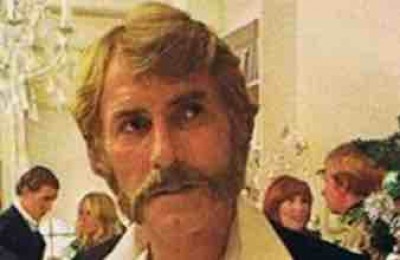

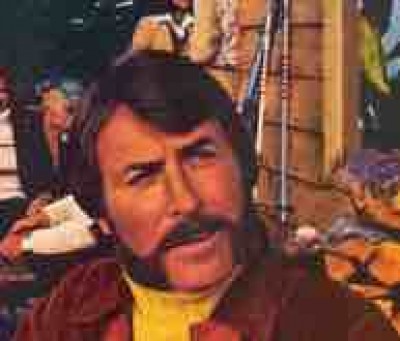
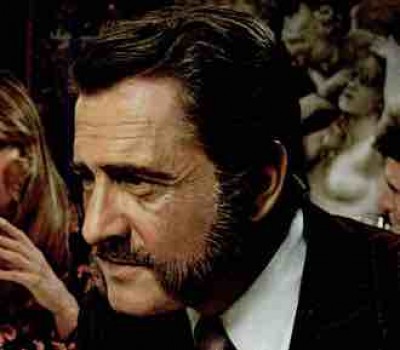
It seems as if the ad agency could not quite settle on one model for their spokesperson for this product. (Maybe #2 and #4 are the same guy?)
In any case, what was this hirsute fellow pitching? Underwear? Soap? Cars? Cigarettes?
The answer is here.
Posted By: Paul - Sat Aug 27, 2016 -
Comments (6)
Category: Advertising, 1970s, Hair and Hairstyling
August 26, 2016
Mailed herself to the Beatles
June 1966: 12-year-old Beatles superfan Carol Dryden of Sunderland, England came up with an ingenious scheme to meet the Fab Four. She packaged herself inside a box and arranged to have a friend mail her to them — addressed "to the Beatles, care their fan club, London." Shipping cost $8.47.But Carol only got as far as the railway station, where a clerk noticed the box she was in wobbling back and forth. Inside of it, Carol, overheated and running out of air because she hadn't made any holes in the box, was trying to take off her sweater.
Carol confessed, "I hadn't thought about fresh air or food. All I wanted was to see the Beatles. I don't know what I would have done had I really arrived on their doorstep. I suppose I would have fainted."
The railroad refunded the freight charge.

Rochester Democrat and Chronicle - June 16, 1966
Posted By: Alex - Fri Aug 26, 2016 -
Comments (2)
Category: Amateurs and Fans, 1960s, Postal Services
Adolph Heilborn’s Theories on Women
I can learn little personally about Adolf Heilborn (1873-1941). But his book THE OPPOSITE SEXES caused a bit of a stir when it appeared in 1927, given that he described the female human as the missing link between ape and male human. Naturally, there was, um, a little pushback.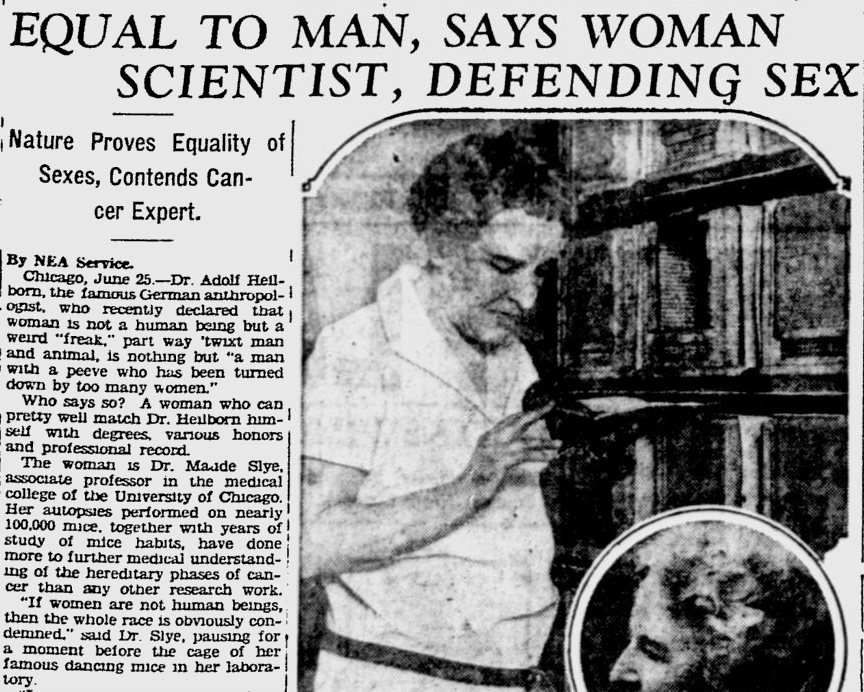
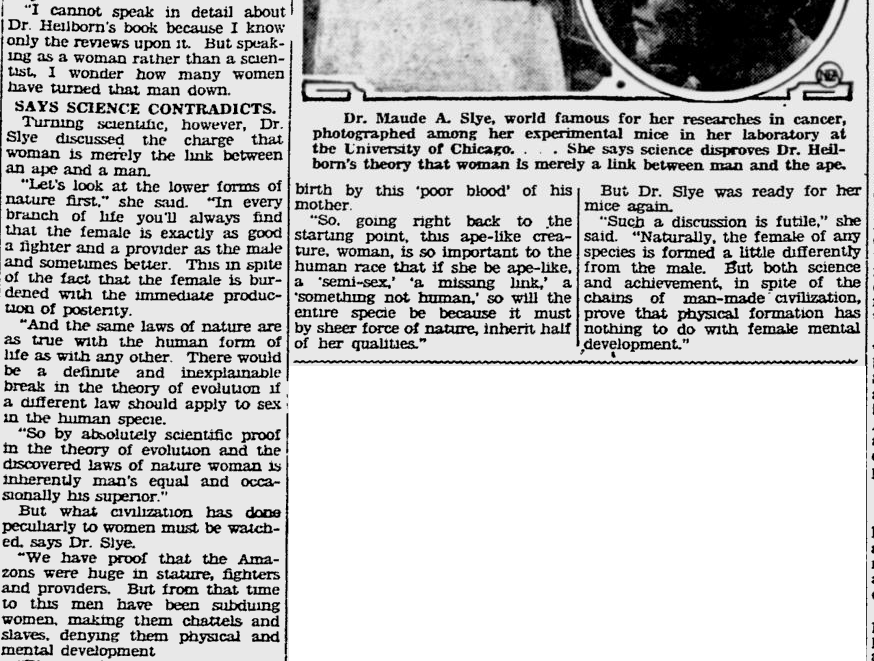
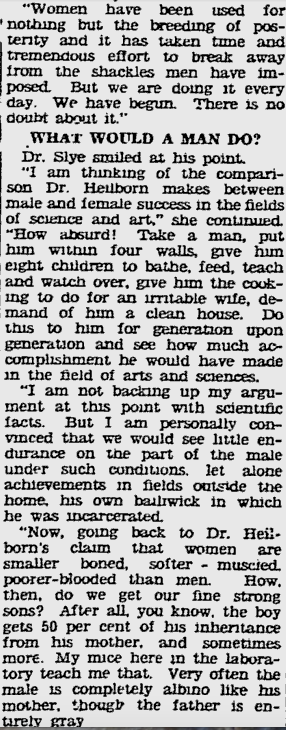
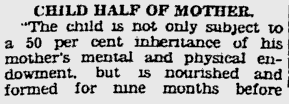
Original article here.
Here is the bio of his opponent.
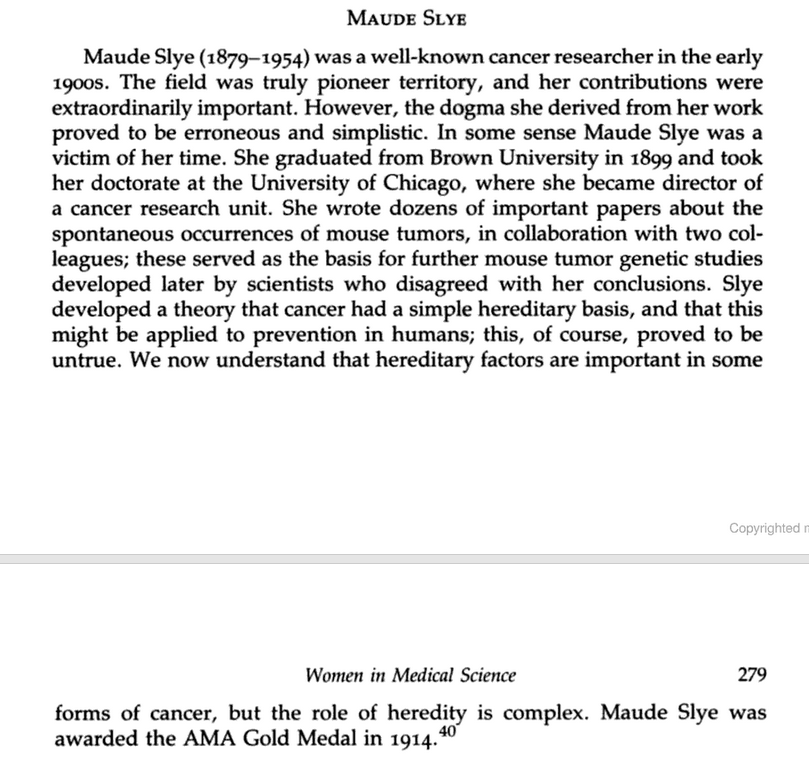
But maybe it was all a joke! If this bookplate belongs to the same fellow, we can see he had a sense of humor.
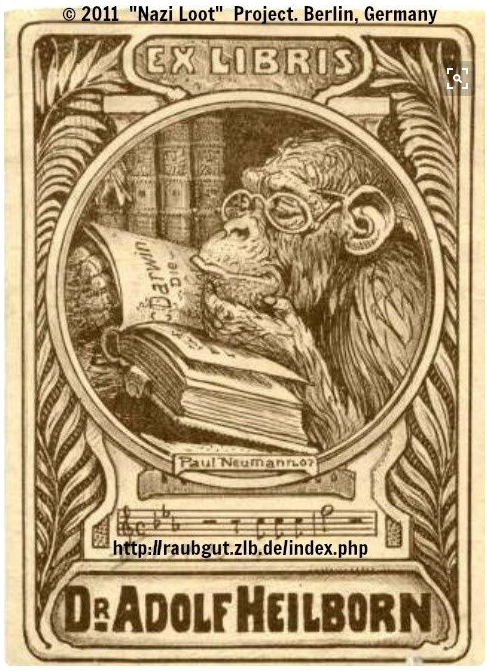
Posted By: Paul - Fri Aug 26, 2016 -
Comments (7)
Category: Animals, Eccentrics, Feminism, Forgotten Figures and Where Are They Now?, Science, Anthropology, Stereotypes and Cliches, 1920s, Men, Women
August 25, 2016
Paid half to ex-wife
Robert Lucas and Rita Cohen met while both were undergraduates at the University of Chicago, and they got married in 1959. They had two sons together, but eventually things didn't work out. They separated in 1982 and divorced a few years later, citing "irreconcilable differences."But Rita evidently had faith in Robert's talent, because she instructed her lawyer to add a clause to the divorce settlement specifying that if Robert won the Nobel Prize by October 31, 1995, she would receive half the prize money.
Robert was awarded the Nobel Prize in economics on October 10, 1995 — 21 days before the clause would have expired.
Asked about having to pay half the prize to his ex-wife, he noted philosophically that, "A deal is a deal." But added, "Maybe if I'd known I'd win, I would have resisted the clause."
More info: LA Times (Oct 21, 1995)
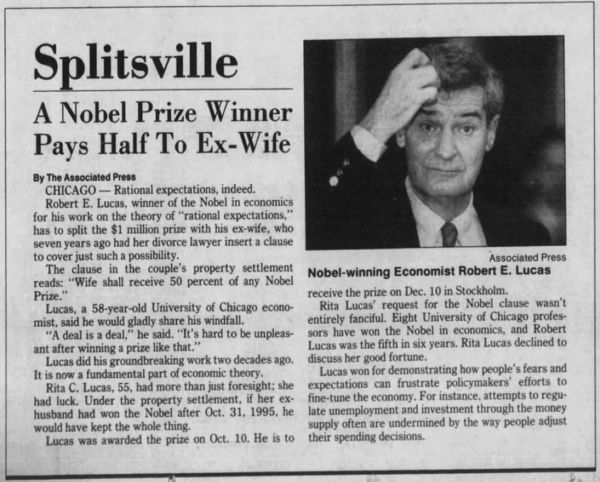
St. Louis Post-Dispatch - Oct 21, 1995
Posted By: Alex - Thu Aug 25, 2016 -
Comments (7)
Category: Awards, Prizes, Competitions and Contests, Divorce
Oriental Rock
One plus for Haley: does not rhyme "fella" with "yella."
Posted By: Paul - Thu Aug 25, 2016 -
Comments (5)
Category: Music, Stereotypes and Cliches, 1950s, Asia
August 24, 2016
Shoes Concealed in Buildings
In the 1950s, the Northampton Museum (home of the "World Famous Shoe Collection) began to receive reports of shoes that had been found hidden in buildings. The shoes, usually discovered by people doing renovations or repairs, were concealed under floors, inside walls, in chimneys, above ceilings, etc.Eventually the Museum received enough of these reports that they realized the concealment of the shoes wasn't an accident, but rather that hiding shoes inside a building was an ancient, deliberate practice. Ever since then, the Museum has kept a record of all concealed shoe finds (the "Concealed Shoe Index"). As of 2012, the index had over 1900 reports of shoe concealment from all over the world (but mostly Europe and North America).

image source: wikipedia
The Museum curators aren't entirely sure why people hide shoes inside buildings, but the leading theory is that it's a form of protection superstition, done to ward off forms of evil such as witches, bad luck, or the plague.
Shoe historian June Swann, former keeper of the Northamton Shoe collection, notes in a 1996 article about concealed shoes that there are all kinds of weird superstitions associated with shoes:
Why the shoe? It is the only garment we wear which retains the shape, the personality, the essence of the wearer.
Just recently, maintenance workers at Cambridge University found a 300-year-old shoe hidden inside a wall.
And earlier this year, a Michigan family discovered 53 pairs of shoes behind a wall in their home — concealed there since the 1970s. Though in that case, it was theorized that the hidden shoes weren't warding off bad luck, but instead were evidence that a previous owner of the home had a shoe fetish.
via TYWKIWDBI
Posted By: Alex - Wed Aug 24, 2016 -
Comments (6)
Category: Rituals and Superstitions, Shoes
A Minute of Dance Per Day
There is just as much of this as you can take--and possibly more than you can take--at her page:More in extended >>
Posted By: Paul - Wed Aug 24, 2016 -
Comments (4)
Category: Avant Garde, Performance Art, Europe
August 23, 2016
New Spam Filter

The spam filter on the new version of our hosting software seems extra sensitive today, having mistakenly bagged comments by Expat and Phideaux. I reset the status when I see this, so your words will get through. Nothing any of the commenters are doing wrong that I can see.
Posted By: Paul - Tue Aug 23, 2016 -
Comments (7)
Category: Weird Universe
The Royal Handbag Code

While on a lecture tour of the United States in 1990, Raymond Fullager, an expert on the British royal family, revealed the existence of a royal handbag code. According to him, the Queen of England used her purse to communicate secret signals to her staff.
Fullager claimed to have identified 23 different signals she used. For instance, if she moved her purse from her right to her left arm it meant that she was bored and needed to be rescued. A lady-in-waiting would then approach and say, "I'm afraid, ma'am, that you are running 10 minutes behind schedule."
If the handbag was securely gripped on her left arm, it meant that all was well.
Fullager refused to reveal all 23 signals, insisting that they needed to be kept a royal secret. But he did share some of the Queen's other body-language code. For instance, if she rubbed the middle finger on her left hand, it meant that a spectator was getting too close.
However, other royal experts were skeptical of Fullager's handbag-code theory. Gossip columnist Nigel Dempster declared that the code theory was "silly" and "just rubbish."
Andrew Morton said, "Frankly, you've got to wonder if anyone can actually do 23 different things with a handbag."
More info: Philly.com (Sep 14, 1990)

LA Times - Aug 8, 1990
Posted By: Alex - Tue Aug 23, 2016 -
Comments (4)
Category: Languages, Royalty
| Get WU Posts by Email | |
|---|---|

| Who We Are |
|---|
| Alex Boese Alex is the creator and curator of the Museum of Hoaxes. He's also the author of various weird, non-fiction books such as Elephants on Acid. Paul Di Filippo Paul has been paid to put weird ideas into fictional form for over thirty years, in his career as a noted science fiction writer. He has recently begun blogging on many curious topics with three fellow writers at The Inferior 4+1. Chuck Shepherd Chuck is the purveyor of News of the Weird, the syndicated column which for decades has set the gold-standard for reporting on oddities and the bizarre. Our banner was drawn by the legendary underground cartoonist Rick Altergott. Contact Us |

